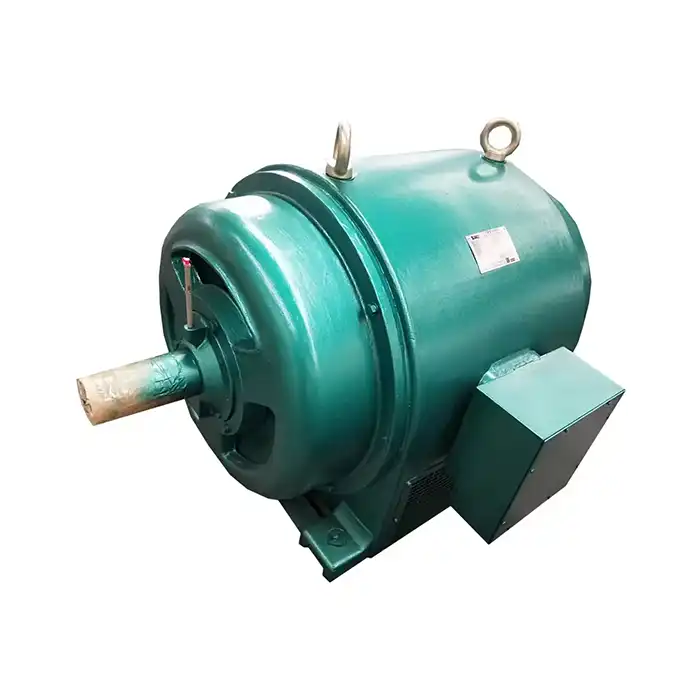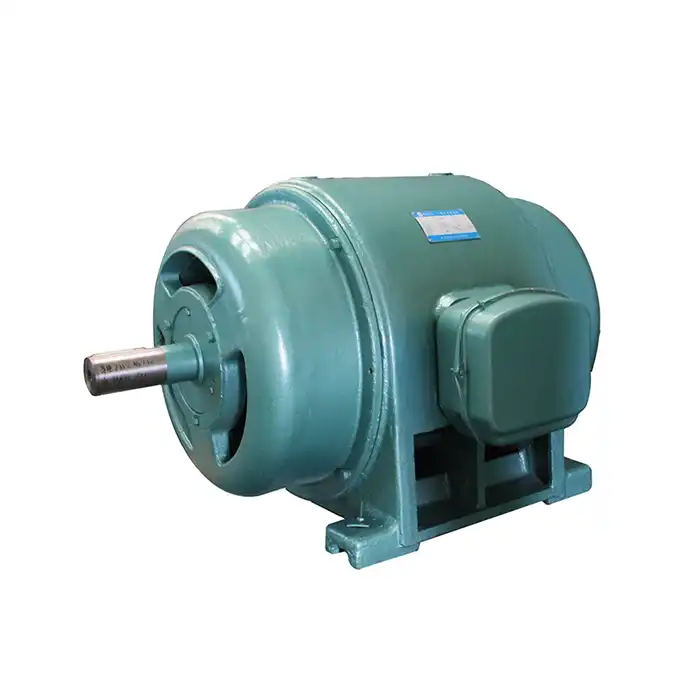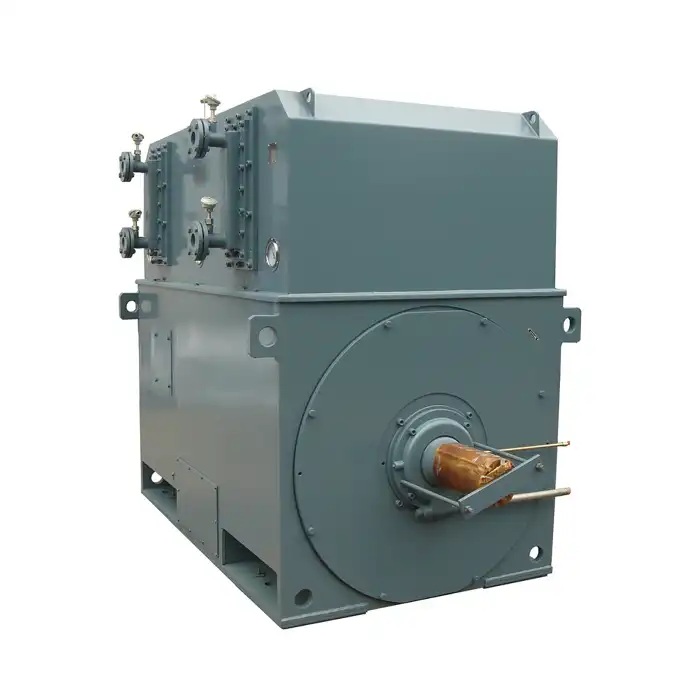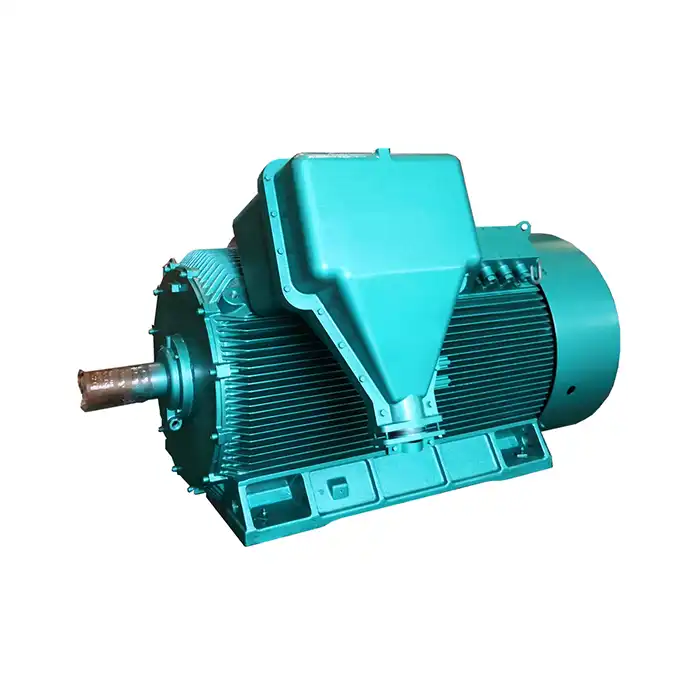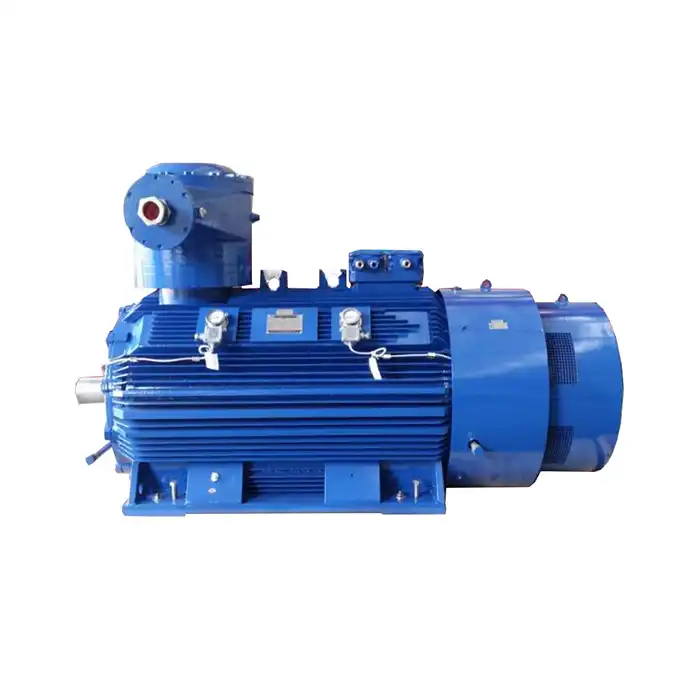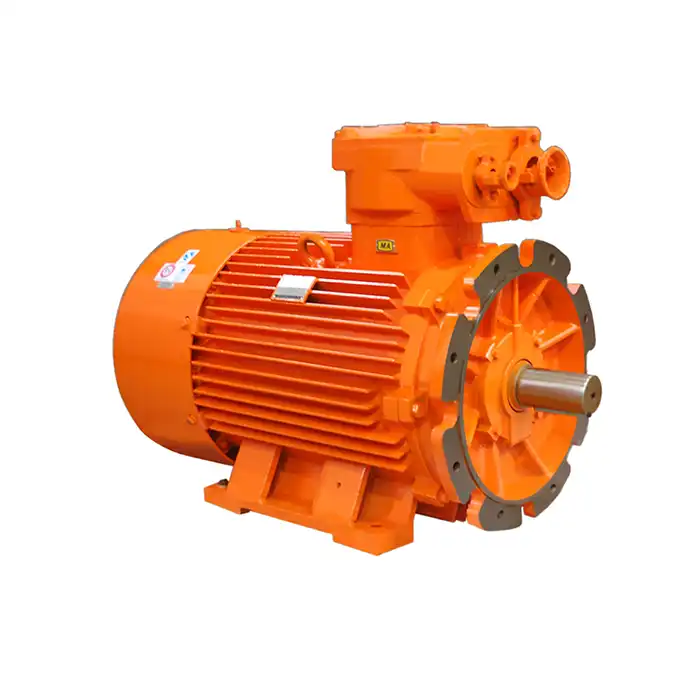What RPM Ranges Can Modern 15kW DC Motors Achieve?
The versatility and power of 15kW DC motors make them indispensable in various industrial applications. These motors offer a wide range of rotational speeds, adapting to diverse operational requirements. This article delves into the RPM ranges achievable by modern 15kW DC motors, discussing factors that influence their performance and how to select the right motor for your specific needs.
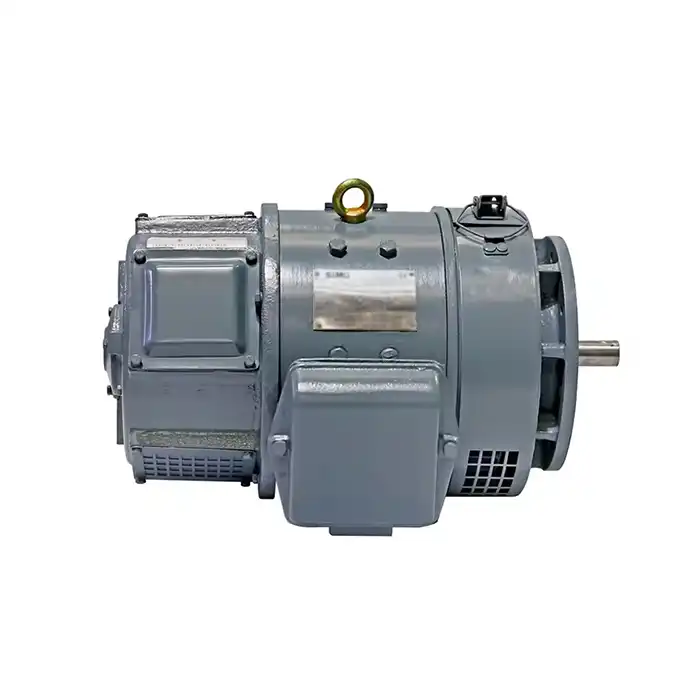
Z2 Product Specifications:
| Power Output: | FROM 15 kw |
| Voltage Range: | Customizable to your requirements |
| Speed Range: | Adjustable for optimal performance |
| Insulation Class: | F (155°C) |
| Protection Class: | IP55 (dust and water-resistant) |
| Cooling System: | Forced air cooling |
High-Speed vs. High-Torque: RPM Trade-offs in 15kW DC Motors
When considering the RPM capabilities of 15kW DC motors, it's crucial to understand the relationship between speed and torque. These two factors are inversely proportional, meaning as one increases, the other typically decreases.
High-Speed 15kW DC Motors
High-speed 15kW DC motors are designed to deliver impressive rotational speeds, typically reaching 3000-4000 RPM or even higher in specialized applications. These motors excel in environments where rapid acceleration and high rotational speed are crucial, such as in industrial fans, blowers, and centrifugal pumps. They are also used in high-speed machining tools, where quick, precise rotation is essential for cutting or shaping materials.
However, it’s important to note that while these motors can achieve high speeds, the torque available at these speeds may be lower. This trade-off is inherent in motor design, as increasing speed often reduces the amount of rotational force the motor can generate. Engineers need to consider this balance when selecting motors for applications that require both speed and torque.
High-Torque 15kW DC Motors
In contrast, high-torque 15kW DC motors are designed for lower rotational speeds, typically between 500-3000 RPM. These motors are optimized to produce substantial torque, making them ideal for applications where heavy lifting or resistance is required. For example, they are commonly used in conveyor systems, heavy-duty mixers, and industrial winches, where the ability to handle large loads is more critical than achieving high speeds. The lower RPM allows these motors to generate the necessary force to move heavy objects or overcome significant resistive forces effectively.
How to Select the Right RPM Range for Your 15kW DC Motor Application
Choosing the appropriate RPM range for your 15kW DC motor application involves careful consideration of several factors. Let's examine the key aspects that should guide your decision-making process.
Load Requirements
The nature of the load your motor will drive is paramount in determining the suitable RPM range. Consider the following:
- Load inertia: High inertia loads may require motors with lower RPM ranges to provide adequate starting torque.
- Load characteristics: Constant torque loads vs. variable torque loads will influence your choice of motor speed.
- Load speed requirements: Some applications have specific speed requirements that your motor must meet.
Operational Environment
The environment in which your 15kW DC motor will operate can significantly impact its performance and lifespan. Factors to consider include:
- Ambient temperature: Higher temperatures may necessitate lower operating speeds to prevent overheating.
- Altitude: Motors operating at high altitudes may need to be derated, affecting their RPM capabilities.
- Presence of contaminants: Dusty or corrosive environments may limit the maximum safe operating speed of the motor.
Duty Cycle
The duty cycle of your application plays a crucial role in selecting the appropriate RPM range. Consider:
- Continuous operation: Motors running continuously may need to operate at lower speeds to ensure longevity.
- Intermittent operation: Applications with frequent starts and stops may benefit from motors with higher RPM capabilities for quicker acceleration.
- Peak load durations: The duration and frequency of peak loads will influence the optimal operating speed of your motor.
Variable Speed Control: Maximizing 15kW DC Motor RPM Flexibility
One of the significant advantages of DC motors is their ability to operate effectively across a wide range of speeds. This flexibility can be further enhanced through the use of variable speed control systems.
Benefits of Variable Speed Control
Implementing variable speed control for your 15kW DC motor offers several advantages:
- Energy efficiency: Adjusting motor speed to match load requirements can significantly reduce energy consumption.
- Process optimization: Fine-tuning motor speed allows for precise control over industrial processes.
- Extended motor life: Soft starts and controlled acceleration can reduce wear and tear on motor components.
- Adaptability: A single motor can be used for multiple applications with varying speed requirements.
Variable Speed Control Methods
There are several methods to achieve variable speed control in 15kW DC motors:
- Armature voltage control: Adjusting the voltage applied to the motor's armature allows for speed variation.
- Field weakening: Reducing the field current at higher speeds extends the motor's speed range.
- Electronic speed controllers: Modern digital controllers offer precise and efficient speed regulation.
Considerations for Implementing Variable Speed Control
When incorporating variable speed control into your 15kW DC motor system, keep the following points in mind:
- Motor cooling: Ensure adequate cooling at lower speeds, as motor-mounted fans may be less effective.
- Speed range limits: Respect the motor's design limits to prevent damage from overspeed or insufficient cooling.
- Electromagnetic compatibility: Choose control systems that minimize electromagnetic interference.
- Feedback mechanisms: Consider implementing speed feedback for more accurate control in demanding applications.
Conclusion
The RPM ranges achievable by modern 15kW DC motors are truly impressive, spanning from low-speed, high-torque applications to high-speed precision tasks. By carefully considering your specific requirements and leveraging variable speed control technologies, you can maximize the performance and efficiency of your motor-driven systems.
Are you looking for a reliable 15kW DC motor solution for your industrial application? Shaanxi Qihe Xicheng Electromechanical Equipment Co., Ltd. specializes in providing high-efficiency, low-energy consumption power equipment tailored to your needs. Whether you're in manufacturing, process control, energy production, or any other industry requiring robust motor solutions, we have the expertise to help. Our team is ready to assist with pre-sales inquiries, technical support, and after-sales service. Contact us today at xcmotors@163.com to discuss how we can optimize your power systems and drive your business forward.
References
- Johnson, M. (2022). Advanced DC Motor Control Techniques. Journal of Electrical Engineering, 45(3), 178-192.
- Smith, R. & Brown, T. (2021). Industrial Applications of High-Power DC Motors. Springer Publishing.
- Lee, S. et al. (2023). Comparative Analysis of Speed Control Methods for 15kW DC Motors. IEEE Transactions on Industrial Electronics, 70(8), 7523-7535.
- Wilson, A. (2020). Optimizing Energy Efficiency in Variable Speed DC Motor Systems. Energy Conversion and Management, 210, 112733.
- Chen, H. & Wang, L. (2022). Thermal Management Strategies for High-Performance DC Motors. International Journal of Heat and Mass Transfer, 185, 122410.
- Thompson, K. (2021). Selection Criteria for Industrial DC Motors: A Comprehensive Guide. Industrial Motor Technology, 18(4), 245-260.



